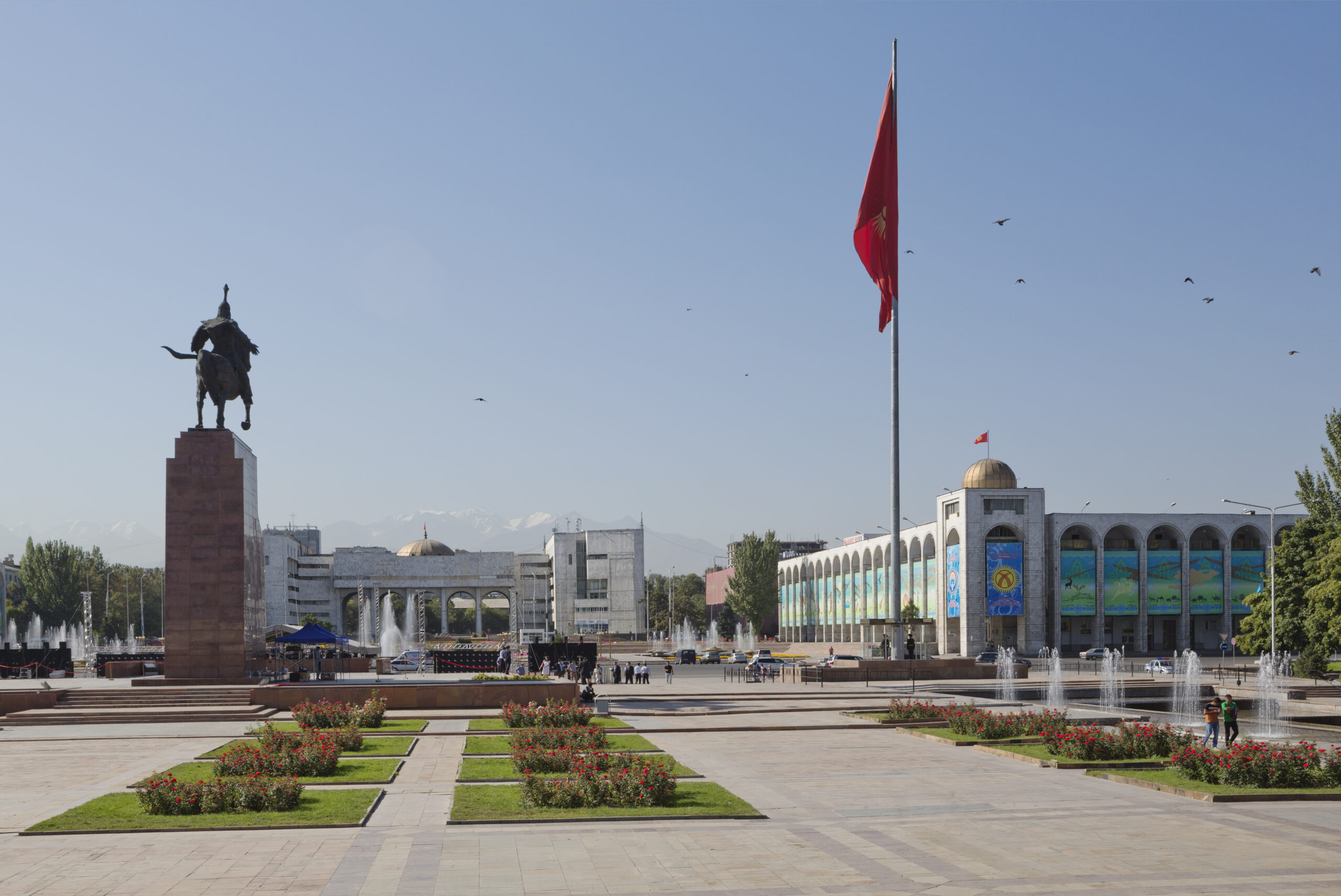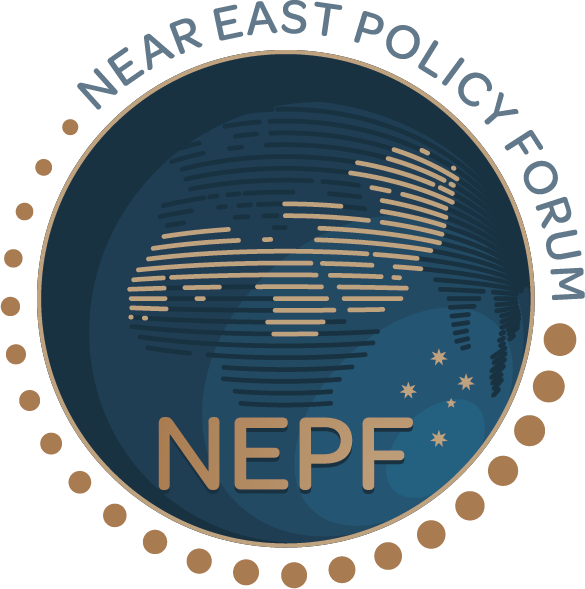Kyrgyzstan’s story of modern statehood started in 1991 along with the rest of the former Soviet republics. But in 2005, the country’s political process restarted in what is known as “the Tulip revolution” that ended the fifteen-year presidency of Askar Akaev. Five years later, Kyrgyzstan restarted again and “the April revolution” of 2010 ended the rule of Akaev’s successor, Kurmanbek Bakiyev, and set a new beginning. Then came October 2020 – the third restart.
Like the one in 2005, the third restart was also a post-election event. Thirteen of the sixteen parties that ran in the parliamentary race took to the main square of Bishkek the day after the vote to reject the apparent victory of the three top vote-getters. All three were viewed as close to President Sooronbay Jeenbekov. Protests were over alleged large-scale vote-buying and illegitimate vote mobilization tactics carried by the two main winners – Mekenim Kyrgyzstan, patronized by a notorious smuggling boss, and Birimdik, linked to the younger brother of the President.
Protesting parties were a diverse crowd, from the liberal Reforma, to the market-liberal BirBol, the liberal-socialist Ata-Meken, the conservative Mekenchil, the radical Chon Kazat, the religious Yiman Nuru, and others in between. The ideological leanings of Kyrgyz political parties tend to be mostly declarative and matters of convenience than of conviction, but still, their general outlooks, such as nationalism, conservatism or liberalism, have some substance to them.
The diverse and discordant nature of the protesting groups was a crucial factor in making the third restart happen. The protests that began with calls for annulment of the election results spontaneously ended up pushing the President and his government out of office, and when multiple groups got busy negotiating on how to fill the sudden leadership void, one group – the “Mekenchil” party and its supporters – moved to claim de facto leadership. From there on, for that party it was a matter of quickly swaying to their side those who were amenable to negotiating and pushing out those who were not. It was a fait accompli that the country was left to accept.
The new de facto leadership was little about the party, Mekenchil, and all about the individuals behind it – its two leaders, Kamchybek Tashiev and Sadyr Japarov. When the government collapsed under pressure on October 5, Japarov was serving an 11-year prison term related to a politically motivated kidnapping charge. He was released from prison by crowds of supporters and in no time found himself as the chief contender for leadership of the new government and, thereafter, of the country. Tashiev, being the main political muscle behind Japarov’s rise, took up the leadership of Kyrgyzstan’s State Committee for National Security – the most powerful state agency besides the president’s office.
The tandem leadership began a whirlwind of reforms that were problematic in all respects, from justification of need for such reforms to procedural legitimacy of enacting them, to legitimacy of the parliament that signed off on them, and more.
Constitutional reform was the most far-reaching and the most problematic endeavor. The reform of public administration that took the shape of a grand reordering of the structure of the national government was no less consequential and still less thought-through. Other reform initiatives, necessitated by the above or independent of them, were similarly problematic. For example, the so-called economic amnesty reform appeared to be a facility for laundering corrupt wealth, the criminal law reform would reverse years of work that had aimed at greater transparency and anti-corruption checks in the sphere, and the electoral system reform was headed toward a mixed system, with single-mandate majoritarian elections along with the existing proportional representation, without clearly solving any of the shortcomings of the current system.
The questionability of all such reforms was matched by the stubbornness with which the Japarov administration pushed for them disregarding all counter-arguments. Japarov’s resolve was based, among other things, on vocal and widespread popular support. In the latter respect, Japarov was enjoying the phenomenon of populist mobilization that has been seen in many other countries around the world.
For a country that has occasionally enjoyed the nickname of an “island of democracy” in Central Asia, and still the freest of its neighbors in terms of expression, assembly and protest, the third restart has been highly contradictory. Japarov might be the most popular Kyrgyz leader coming into office, but, due to the sorts of reforms and the politics behind them, his leadership may soon curtail the freedoms that the masses supporting him have generally enjoyed.
Within just several months, Kyrgyzstan has gotten a rich stock of ill precedents of how to disregard rule of law in the service of allegedly urgent fixes, presenting “people’s demands” as license to bypass lawful procedure. The society of Kyrgyzstan has also seen troubling divisions within, where those critical of the government’s actions automatically became objects of online bullying and intolerant speech by real and fake armies of Japarov supporters. Promises of quick and real improvements in the economy have, instead, been followed by great economic uncertainty, capital flight and predatory practices.
Amid the high-speed radical reformism of the new government, there has also been emerging an ever stronger perception that it may not last for very long. Should that prove to be correct, and should Kyrgyzstan be headed toward another – fourth – restart, such an eventuality would present still greater dangers and risks of instability and failure due to the path laid by the current government. Kyrgyzstan, hence, remains in a state of suspense between a rock and a hard place.
The views expressed in the Near East Policy Forum are those of the authors and do not represent the views of the Near East Policy Forum or any of its partner organisations.




